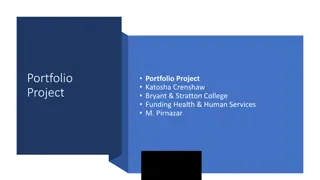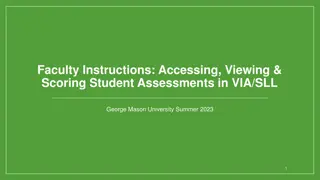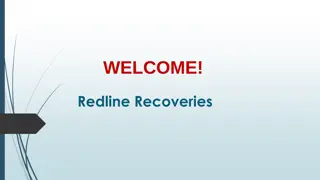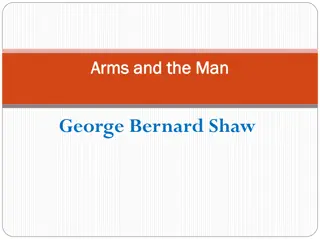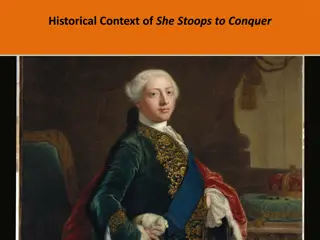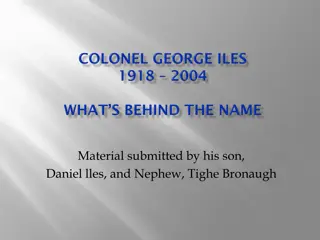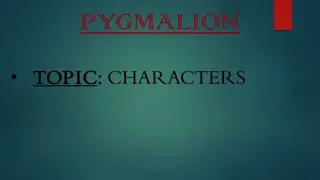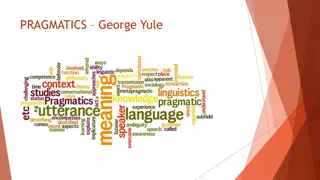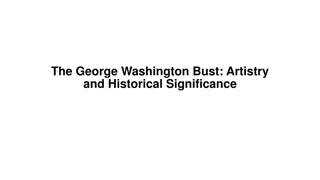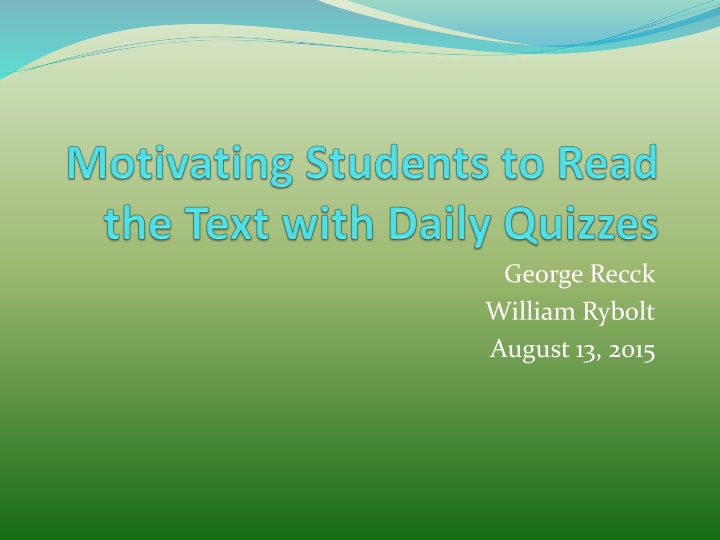
Enhancing Business School Curriculum Through Experiential Learning
Explore the transformation of a business school curriculum at Babson to introduce experiential learning activities, student engagement strategies, and assessment methods. Learn about the challenges faced, opportunities identified, and data-driven results from implementing new teaching approaches.
Download Presentation

Please find below an Image/Link to download the presentation.
The content on the website is provided AS IS for your information and personal use only. It may not be sold, licensed, or shared on other websites without obtaining consent from the author. If you encounter any issues during the download, it is possible that the publisher has removed the file from their server.
You are allowed to download the files provided on this website for personal or commercial use, subject to the condition that they are used lawfully. All files are the property of their respective owners.
The content on the website is provided AS IS for your information and personal use only. It may not be sold, licensed, or shared on other websites without obtaining consent from the author.
E N D
Presentation Transcript
George Recck William Rybolt August 13, 2015
Background Babson is a small business school with a strong emphasis on entrepreneurship. All students are issued PC compatible laptop with a standard load of business software including Minitab. The primary text used was Basic Business Statistics by Berenson, Levine & Szabat 13in e-book format.
The Situation New curriculum in the fall of 2013. Longer (95 vs. 75 minute) class times. Students have shorter attention spans. Students do NOT like reading textbooks.
The Opportunity Most students are in their first semester of college. Looking to flip part of the class to open up some class time for experiential learning activities. Start each class with a short quiz on the reading. Gear the quizzes only to most important topics. Suggest to the students to skim rather than read critically.
The Data Individual student test scores on the reading quizzes. The amount of time in minutes that each student prepared for the reading quizzes. Individual student course grades. Two semesters (Fall 2014 & Spring 2015) for comparison. Two instructors (Recck & Rybolt) for comparison.
The Quizzes Recck used paper quizzes generally administered in the first five minutes of class. Question order often randomized. Rybolt used electronic quizzes with a set window starting one minute before class to five minutes into class. Some quizzes randomized.
Sample Quiz How many minutes did you spend reading Chapter 6 in BLS13 for today? The reading for today was primarily about: (Circle one.) Binomial Distributions Normal Distributions Discrete Distributions Sampling Distributions Given a normal distribution with a mean of 7 and a standard deviation of 2, which probability below is closest to the area less than 9? (Circle one.) 5% 25% 50% 85% The uniform distribution most closely resembles this shape? (Circle one.) Circle Rectangle Square Triangle
The Results Scatter Plot of Quiz Mean vs. Course Average Course Average vs Quiz Mean 100 90 80 Course Avg. 70 60 50 40 6 7 8 9 10 Quiz Mean
More Results Correlation Tables Quiz Mean and Course Average Instructor Fall Spring Recck 0.473 0.406 Rybolt 0.842 0.506 Quiz Count and Course Average Instructor Fall Spring Recck 0.410 0.324 Rybolt 0.788 0.517
Summary Findings Quizzes get students to class on time. Quiz mean and course average are related. Students become more efficient in the study habits.
Recommendations Urge students to spend a reasonable amount of time reading the text before the class in which the material is covered. Note to students the positive correlation between effective reading practices and performance in class. Also note the time efficiency to the students as double benefit and extra incentive to do the readings. Encourage students to optimize their reading time in general and not just keep rereading the text.
THANK YOU!!! We welcome your feedback. Questions? Comments!

![❤[PDF]⚡ Civil War Talks: Further Reminiscences of George S. Bernard and His Fel](/thumb/20551/pdf-civil-war-talks-further-reminiscences-of-george-s-bernard-and-his-fel.jpg)
![❤Book⚡[PDF]✔ Doing the Impossible: George E. Mueller and the Management of NASA’](/thumb/21684/book-pdf-doing-the-impossible-george-e-mueller-and-the-management-of-nasa.jpg)
